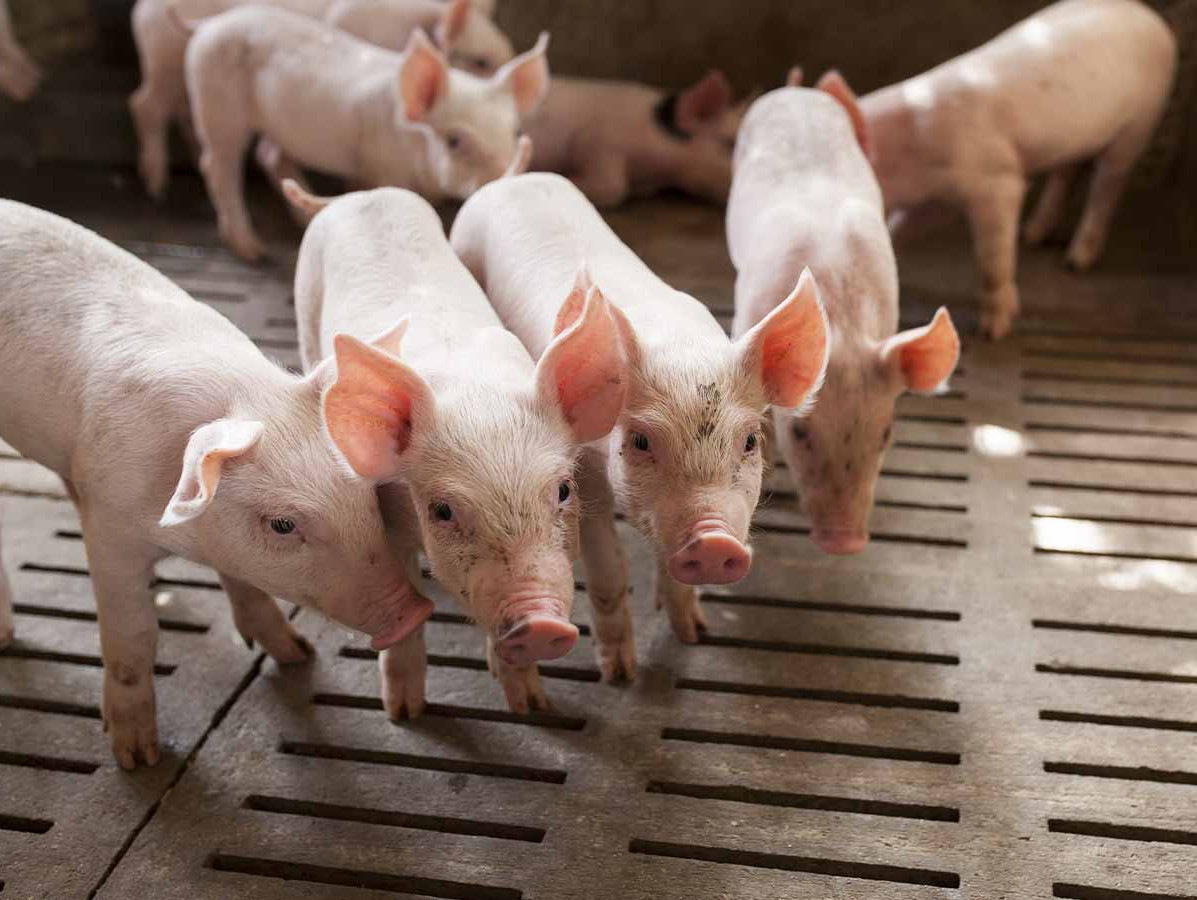
The past five years have been tumultuous for the global pork trade. Influences from animal disease outbreaks, the Covid-19 pandemic, and geopolitical shifts have rocked the industry. The numbers tell the story: global pork trade increased from 9.7 million tons in 2018 to 12 million in 2021, only to dip to 11 million in 2022.
A primary driver of this surge was the outbreak of African Swine Fever in Asia. As a result, major exporters like the EU and Canada nearly doubled their exports to affected countries. The US, starting from a lower baseline, even saw its exports to the region quadruple.
However, as Asia began recovering from the swine fever, trade started to wane. External factors, including Brexit, Covid-19, and the conflict between Russia and Ukraine, shifted trade dynamics. The pandemic posed logistical challenges, while the Russo-Ukrainian conflict altered demand patterns.
The pressure from diseases is expected to persist. In Europe, countries affected by the swine fever faced trade restrictions, altering market dynamics. Spain, for instance, saw increased exports to Asia due to these limitations.
Brazil is emerging as a dominant player, aided by favorable exchange rates and other competitive edges. Despite rising production costs, the country holds a clear advantage over European exporters.
Europe is leaning more towards local production, experiencing a decrease due to higher sustainability and animal welfare standards. The US and Canada remain vital exporters, thanks to their access to affordable feed and growing markets.
In the future, exporters will need to adjust their strategies in this fluctuating market. Diversifying, building strong relationships, and focusing on quality and customer needs are essential for competition. Despite all the challenges, the global pork market offers abundant opportunities. For exporters, flexibility and adaptability are crucial to succeed in this dynamic market.
Image: © Patarapong Saraboon/Shutterstock.com
Source: Rabobank